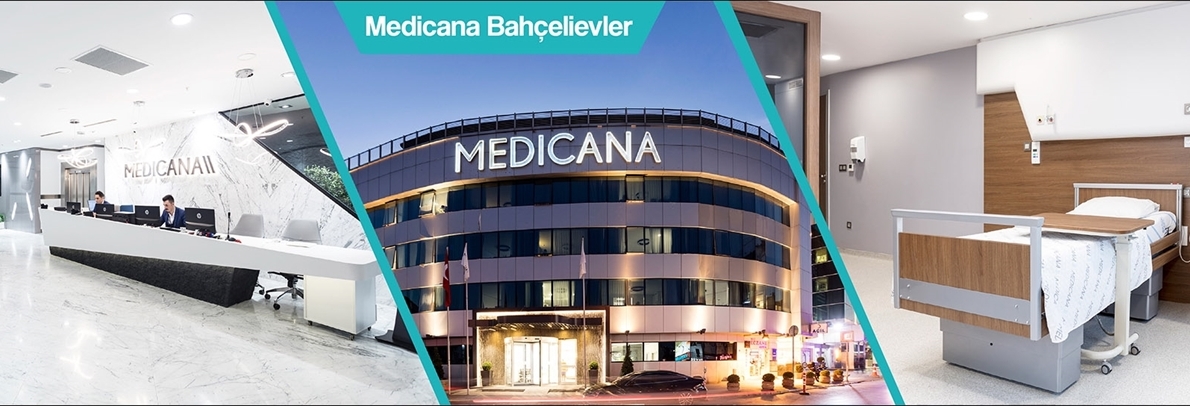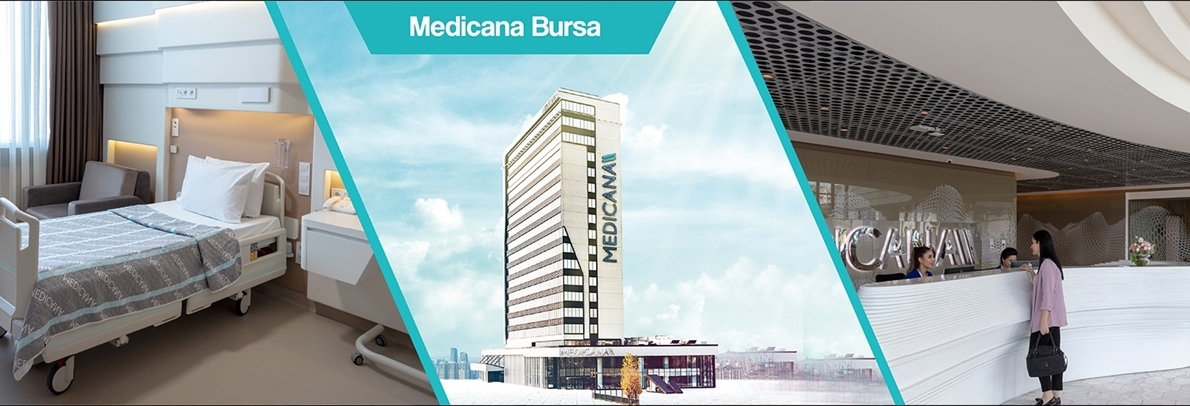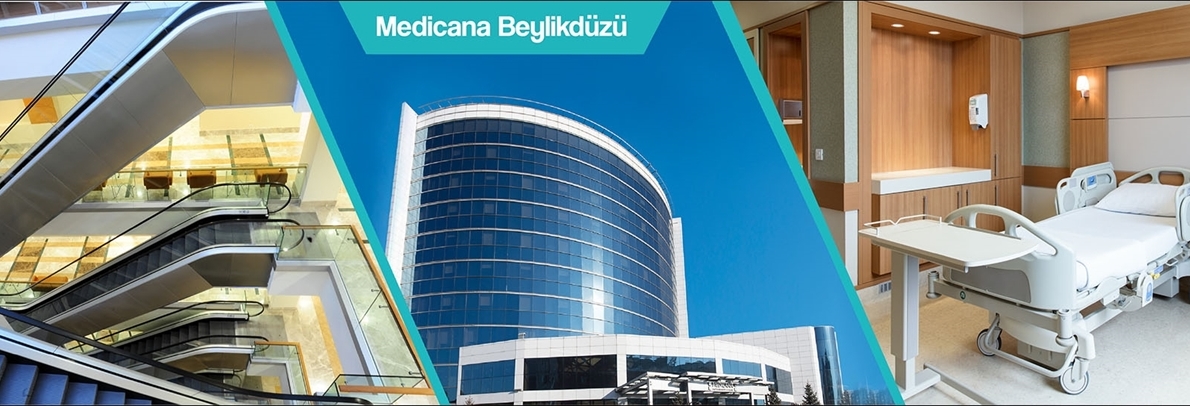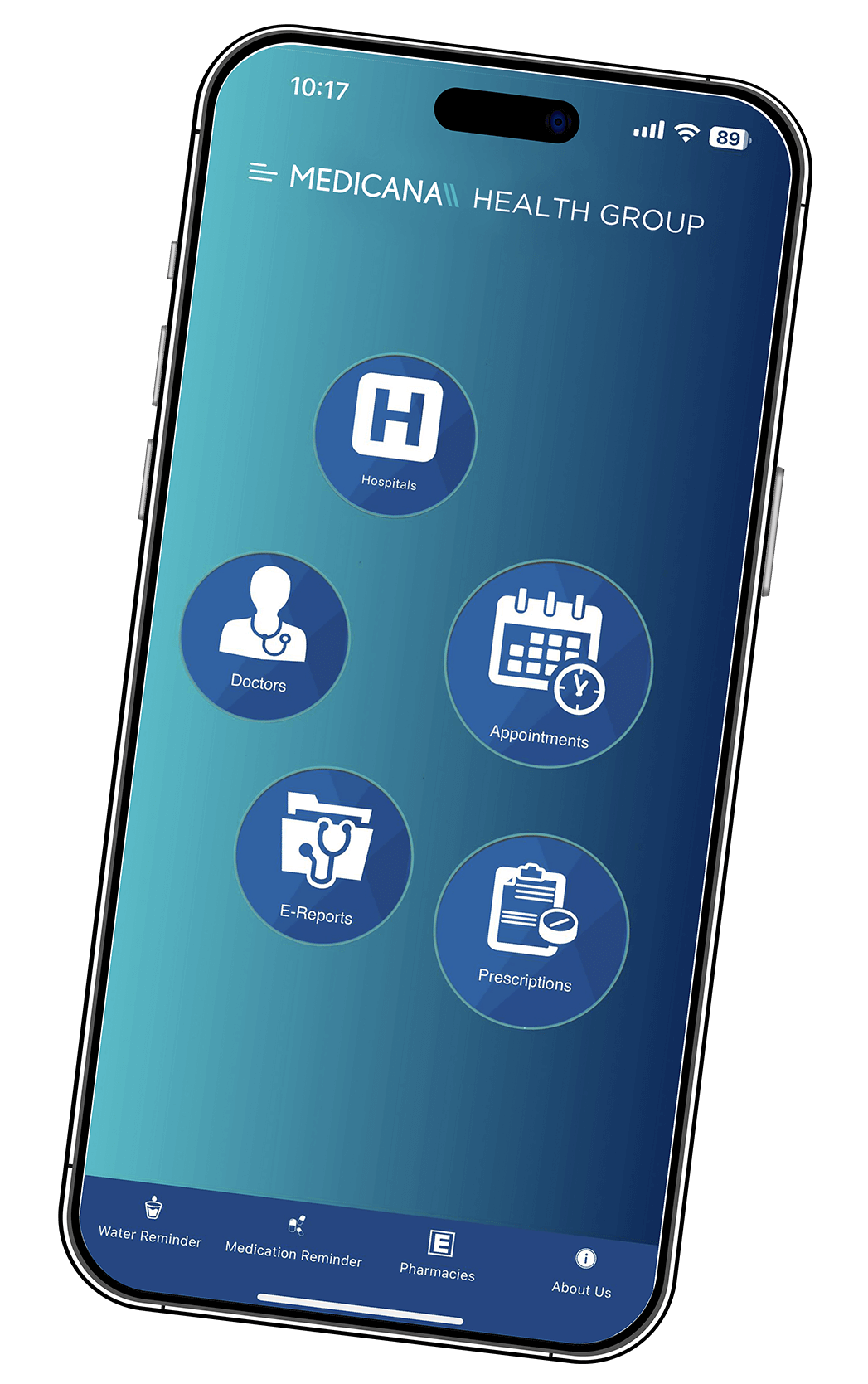Orthopedics and Traumatology
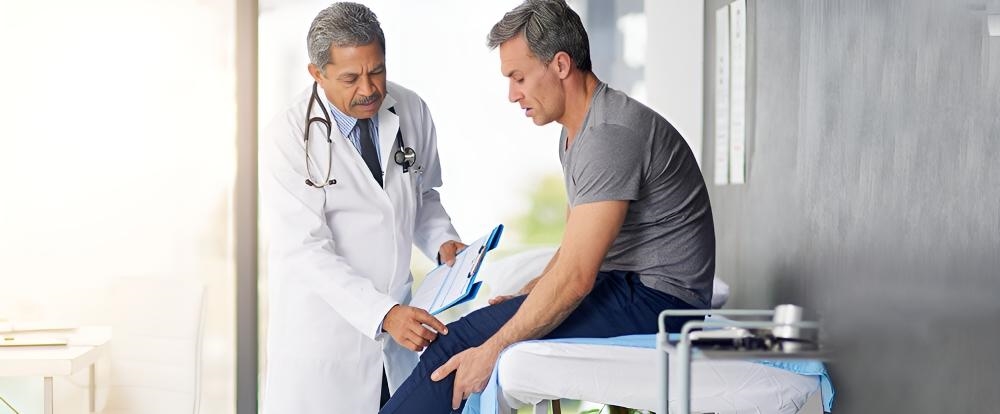
What is Orthopedics and Traumatology?
Orthopedics and Traumatology is a highly specialized field that focuses on diseases related to the musculoskeletal system. It has a wide range of sub-disciplines, diagnosis, and treatment methods. The main areas of interest for Orthopedics and Traumatology are the arms, legs, pelvic region, spine, bones, muscles, vessels, nerves, and connective tissues of the spine.
This field coordinates with other departments, such as Physical Therapy and Rehabilitation, and performs a wide range of procedures, including prosthetic surgeries in hand surgery.
The procedures performed in the Orthopedics and Traumatology unit are as follows:
Hand Surgery and Microsurgery
The area from the fingertip to the shoulder falls under the hand surgery field. Problems such as bone fractures, tendon-muscle ruptures, and nerve compressions between the hand and shoulder are treated. Hand surgery is a field that requires precise movements and coordination and needs to be carried out patiently. In addition, hand surgery covers the treatment of hand deformities caused by polydactyly (six fingers), carpal tunnel syndrome (nerve compression), syndactyly (adhesion of fingers), and cerebral palsy sequelae.
With the microsurgery technique, nerves with a diameter of less than 1 mm can be operated on with the help of needles and threads that are very difficult to see with the naked eye. Severed limbs such as arms, hands, legs, and feet can be successfully reattached, and fabulous nerve fibers can be repaired.
Spine Surgery (Spinal Diseases and Surgery)
The main treatment areas are the most common spinal curvatures and fractures. Congenital or acquired scoliosis, spondylolisthesis, spinal stenosis, Schuermann kyphosis, spinal injuries, dislocations, and spinal infections are diagnosed and treated in this field.
Knee Surgery
The frequency of problems in the knee exposed to the most load compared to other joints is higher. Not warming up before starting sports and excessively straining the knees can damage the cartilage tissue in this area, causing ligament ruptures or meniscus tears and deteriorating knee health. Injuries to areas such as the meniscus, joint cartilage, anterior cruciate ligament, and capsule, as well as septic arthritis (inflammation of the joint), synovitis (thickening of the standard membrane), osteoarthritis of the knee joint, and fractures that occur within the joint are treated with arthroscopic surgery.
Ankle Surgery
Conditions such as impingement in the anterior end of the distal tibia, osteochondral damage, and FHL tenosynovitis are treated in the talus dome area. Arthroscopic ankle surgery uses fiber optic tools to visually examine the inside of the joint and quickly diagnose any resulting conditions or injuries. The procedure involves making a few small incisions in the skin, which heal much faster than open surgery. The surgery typically lasts about an hour, and the patient can be discharged shortly afterward. The patient can put weight on the foot and even drive a car a few days after the operation.
Shoulder Surgery
Problems such as SLAP lesions (damage to the biceps tendon), frozen shoulder, impingement (pain caused by bone growth), shoulder dislocation, tennis elbow, and radial head dislocation are treated with either open or closed surgical procedures
Leg Length Discrepancy and Height Increase Treatment:
Unequal leg length or crooked legs are orthopedic problems that can be treated using the Ilizarov method. The Ilizarov method can shorten the longer leg or lengthen the shorter leg to even them out. Additionally, treatments for bone curvature, shortening, or soft tissue loss resulting from bone healing can be performed.
In the Ilizarov method, the bones are fixed with rings and thin wires, and controlled movement is provided to bone fragments through added hinges and rods. Bone inequalities that occur after problems such as bone loss, congenital diseases, or early closure of growth cartilage can be treated in both children and adults. In the Ilizarov method, a low-energy fracture is created in the bone, and 1 mm of growth is achieved daily. Growth up to 80% of the bone's length can be obtained in the desired area.
Other diseases in which the Ilizarov method can be used are:
• In the treatment of non-union fractures,
• In closed and open fractures,
• In arm and leg deformities,
• In bone lengthening procedures (height increase, early closure of growth cartilage after infection, sequelae of polio)
• Usually in bone losses that develop after trauma, tumors, or infections,
• In metabolic diseases,
• In structural bone disorders,
• In bone infections.
Pediatric Surgery
Congenital hip dislocation, Perthes disease, PEV sequelae, brachial plexus injury, gait abnormalities, torticollis, foot problems, and spinal disorders are all treated in this field.
Oncology Surgery
The treatment of both benign and malignant tumors in a skeletal system area such as muscle, bone, nerve, tendon, and joint is the focus of this field.
Sports Traumatology
Sports, which increase the body's organic resistance and develop the physiological capacities of systems, can lead to injuries if appropriate preparations are not made. Among the most frequently exposed regions to trauma in sports activities, the knee joint accounts for 33% of the share. Other common injuries include the foot thigh area, hip and groin area, shoulder joint, wrist, and spinal elbow joint. Specialist physicians perform urgent diagnosis and treatment of all sports-related injuries.
Orthopedics and Traumatology deal with which diseases?
Sports Injuries and Arthroscopic Surgery
• Meniscectomy,
• Reconstruction surgeries,
• Meniscus repair,
• Microfracture and osteochondral cartilage transplantation,
• Arthroscopic Bankart repair (for shoulder dislocation),
• Labral tear repair,
• Rotator cuff repair,
• Shoulder joint osteoarthritis,
• Foreign body removal.
Foot and Ankle Surgery
• Cartilage injuries,
• Ligament tears,
• Sports fractures and injuries,
• Degenerative problems in the foot and ankle.
Elbow and Shoulder Surgery
• Rotator cuff diseases,
• Shoulder and elbow arthrosis,
• Recurrent dislocations,
• Trauma-related diseases such as falls, traffic accidents, and work accidents.
Pediatric Orthopedics and Traumatology
• Clubfoot,
• Congenital disorders,
• Flatfoot,
• Hip dislocation,
• Tumors,
• Fracture treatment and follow-up.
Osteoarthritis
• Knee osteoarthritis (gonarthrosis),
• Hip osteoarthritis (coxarthrosis),
• Periacetabular and high tibial reconstructive bone surgeries,
• Hip, knee, shoulder, and elbow prostheses,
• Prosthetic infections,
• Revision surgeries for loosened prostheses.
Hand Surgery, Extremity, and Upper Extremity
• Lengthening of arm and leg bones,
• Bone deformities and infections,
• Non-union fractures,
• Acute soft tissue injuries,
• Repair of severed blood vessels and nerves,
• Tendon transfers,
• Amputations.





